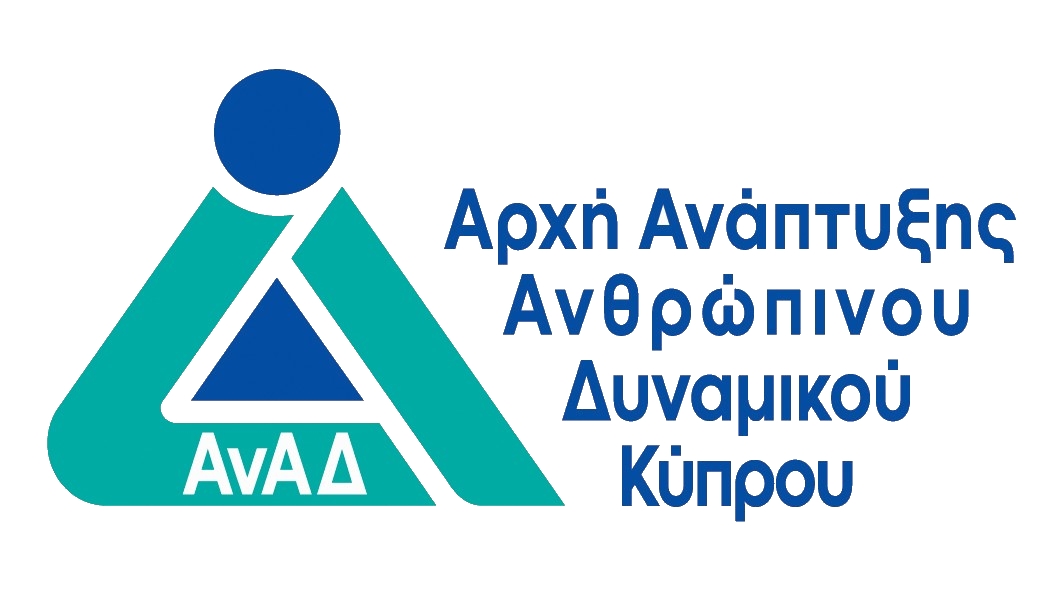
LIVE ONLINE WEBINAR - CRD IV for Banks
- Χρηματοοικ. Ασφαλιστικά Τραπεζικά

ΠΕΡΙΓΡΑΦΗ
Knowledge of the Basel/CRD rules is essential for anyone working in the banking sector. This is however a significant challenge both due to their complexity and because they keep changing, thus making it imperative to for professionals to ensure they always have updated knowledge.
The course covers the main changes introduced since the crisis by both Basel III (CRD IV and CRR) and so-called Basel IV (CRD V and CRRII) and other still-to-be-implemented measures. It also includes connected regulatory measures such as EMIR, the BRRD and SRMR and the revisions in these areas to give a comprehensive overview.
ΣΚΟΠΟΣ ΣΕΜΙΝΑΡΙΟΥ
By the end of the programme participants will be able to:
- Know which areas of regulation are changing and in which way
- Understand the degree of impact each regulation has
- Understand the overall impact of the regulations on their business model
- Understand how some of the calculations are done
- Understand how much they will need to change their current processes to comply and the level of resources the need to commit
ΣΕ ΠΟΙΟΥΣ ΑΠΕΥΘΥΝΕΤΑΙ
The programme has been designed for banking professionals and will be particularly beneficial for:
- Risk and compliance staff
- Front office staff in the Credit and Market risk areas
- Treasury staff
- Operational risk staff
- Supervisor staff
- Investors
- Corporate treasurers
ΠΕΡΙΣΣΟΤΕΡΕΣ ΠΛΗΡΟΦΟΡΙΕΣ
Training Outline
Overview of the evolution of banking regulation and its key areas
•The three pillars
•The main risk types
•Approach levels
Pillar 1
•Credit risk
•From Standardised to Revised
•IRB and the Output floor
•Counterparty Credit Risk and the Revised Standardised and other methods
•Credit Valuation Adjustment (CVA) and how even Basel III is changing
•Market risk and ‘Basel IV’/Fundamental Review of the Trading Book (FRTB)
•The proposed Revised method, including the Sensitivities-based Method
•Changes to the Internal Model Method (IMM)
•Operational risk
•The proposed Revised Standardised approach and end of the Advanced
•Capital ratios
•The various buffers, including MREL
•Capital
•What counts – Common Equity Tier 1, etc.
•What must be deducted
•The Leverage Ratio
•Exposures
•Liquidity
•The Liquidity Coverage Ratio
•Inflows, outflows and High-Quality Liquid Assets (HQLA)
•The Net Stable Funding Ratio (NSFR)
•Required v Available Stable Funding – the different weights
Pillars 2 and 3
•Interest Rate Risk in the Banking Book (IRRBB)
•Internal Capital Adequacy Assessment Process (ICAAP) and Supervisory review, stress tests, governance
•Disclosure
•Banking regulation and the market – the impact on Return on Equity
Training Style
Through a presentation of the programme content the course is designed to promote questions and discussion throughout. It includes numerous real-life local examples and case studies for a deeper understanding.
Trainer
Michael Stafferton
Michael began his financial markets career in 1986 on the Financial Engineering desk at Yamaichi International, then one of the so-called ‘Big Four’ Japanese securities houses. The desk was mainly responsible for designing, structuring and swapping vanilla and structured bond issues for European clients. He then moved to a coverage role, predominantly in the UK and Eire, with responsibility for some of the more technically demanding clients, including the Bank of England and the European Investment Bank. He greatly expanded the volume of deals done, including a government, major banks, building societies and corporates. The role also involved working on UK privatisations and with the bank and fund management arm. In 1994 he moved to Kleinwort Benson with responsibility for debt, convertible and tax-structured origination with a number of top UK companies and helped launch an FRN. He has been training across a wide spectrum of cash instruments, derivatives, commodities and in risk management and regulation since 1999, at up to senior management level globally, his clients comprising mainly the top tier investment banks and fund managers, and is the author of a textbook on credit derivatives (Credit Derivatives Workbook, Euromoney, 2004). He is an Associate with Moody’s.
Πληροφορίες Εκπαιδευτή
Αναλυτικό Κόστος Σεμιναρίου
Για Δικαιούχους ΑνΑΔ
- € 530.00
- € 85.00
- € 100.70
- € 445.00
- € 529.55
Για μη-Δικαιούχους ΑνΑΔ
- € 220.00
- € 0.00
- € 41.80
- € 220.00
- € 261.80
ΠΡΟΓΡΑΜΜΑ ΣΕΜΙΝΑΡΙΟΥ
Τρίτη - 08 Ιουν 2021
Ώρα
10:30 - 13:15
ΕΚΠΑΙΔΕΥΤΗΣ:
Michael StaffertonΤοποθεσία:
OnLine Virtual Classroom
Τετάρτη - 09 Ιουν 2021
Ώρα
10:30 - 13:15
ΕΚΠΑΙΔΕΥΤΗΣ:
Michael StaffertonΤοποθεσία:
OnLine Virtual Classroom
 Ελληνικά
Ελληνικά  English
English



 Αγγλικά
Αγγλικά
 5 ώρες
(
1 ημέρα
)
5 ώρες
(
1 ημέρα
)
























































